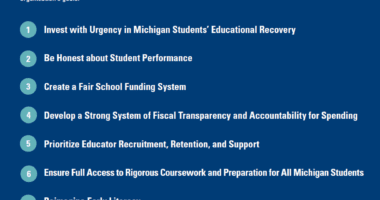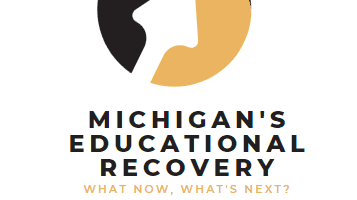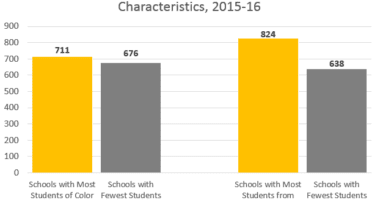Bridge Michigan Opinion | Let’s get strategic in improving third-grade reading in Michigan
Like so many of you, I’m a native Michigander who grew up proud of what I believe are shared Michigan values: a hard work ethic, a passion for the Great Lakes, a deep pride in our industrial heritage, and a commitment to taking care of our most treasured institutions ‒ including our public schools.
Years ago, our public schools arguably were among the best in the U.S., even in working class neighborhoods like Detroit and my hometown of Pontiac.
Sadly, our schools are not what they once were.
Last week, my organization, The Education Trust-Midwest, released a new analysis that shows Michigan’s third-graders are the lowest performing students in the U.S. among states in the same assessment consortium. We found that Michigan actually showed the greatest decline for third-grade reading, which is among the most important early predictors of learning success and lifelong employment.
That is totally unacceptable — and we can change it.
There are many reasons for Michigan’s overall educational decline, and many are complex and challenging to change. Political will, dollars, capacity … the list is long. Some leaders point to state governance change as the solution to K-12’s challenges, which likely would take years of political wars.
But on third-grade reading, many challenges soften. There is tremendous will ‒ and strong bipartisan support ‒ for third-grade reading success for all students. Indeed, Governor Rick Snyder and the Michigan Legislature deserve credit for making third-grade reading a priority ‒ and investing more than $80 million in funding in recent years. Practitioners are focused and energized.
That’s the good news.
The bad news: There is a tremendous challenge with improving the effectiveness of the current system to ensure every student is receiving world-class literacy instruction.
Incredibly challenging? Absolutely.
Do-able? Heck, yes.
Take Louisiana. Like in Michigan, its state board of education is an elected board. However, that is not stopping it from becoming one of the nation’s top states for early literacy improvement.
In other fast-improving states like Tennessee and Alabama, statewide initiatives identified top teachers, and provided them the leadership opportunities to train their colleagues on the latest research-based instructional practices. Both states are now seeing fast improvement – especially for African-American students.
But while Michigan’s leaders might have prioritized early literacy, the state’s overall lack of a strategic, coherent system of implementing best-practices far too often leaves it up to chance that students get the instruction they need to be strong early readers.
Too often, Michigan’s educators and schools are making these efforts without strong research-based systems of high-caliber training, feedback, support and tools that leading states provide their principals and teachers.
We don’t need to experiment in Michigan. We can learn from leading states to make significant improvements in short order here in Michigan.
Work under way in high-poverty schools is showing exactly that. The Center for Excellence in Teaching and Learning (CETL), a project of the Education Trust-Midwest with the support of the Steelcase Foundation, is leveraging a “train-the-trainer” model (borrowed from Tennessee) to provide capacity building to educators and strengthen school-level systems for improvement and equity.
Today, some of the CETL’s partner schools are among Michigan’s highest-improving, high-poverty schools.
The experience of leading states and successful local efforts show that quality implementation is not a matter of finding a quick fix or program. It’s about building schools’ internal capacity and more effective improvement systems at the school and state levels – and implementing them well.
__________________________________________________________________
Guest commentary by Amber Arellano, executive director of The Education Trust-Midwest as appeared in Bridge Michigan.





